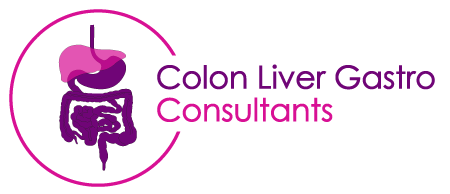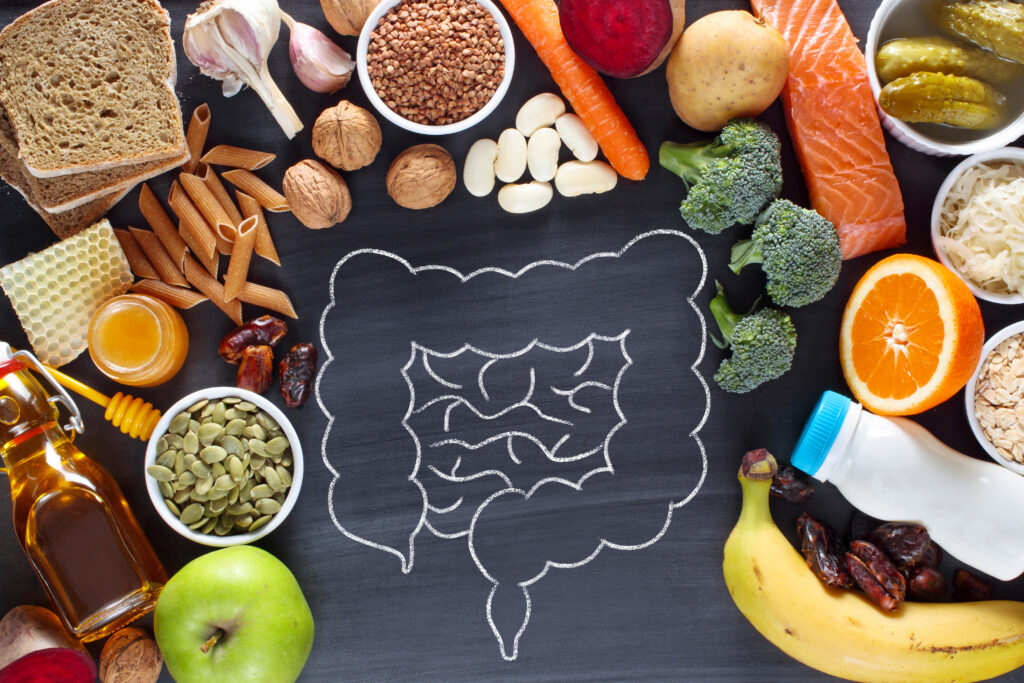When most of us hear the word fiber, our minds drift to images of bran cereal, brown rice, or lentils—worthy, yes, but not exactly tempting. Yet fiber isn’t just the domain of dry diets and dusty health fads. Some of the most delicious foods—like avocados, passion fruit, and even dark chocolate—pack a surprising fiber punch. A generous bowl of popcorn, for instance, offers nearly half of your daily fiber target in just 100 grams. Raspberries and legumes shine too. And intriguingly, cooled pasta and rice gain resistant starch—a form of fiber—after cooking.
Yet appearances can be deceiving. Despite their crisp texture, vegetables like celery and cabbage contribute only modest amounts of fiber—far less, in fact, than a surprising source like potato chips. Yes, you read that correctly. But before you reach for a bag in pursuit of fiber, consider the trade-offs: whatever fiber chips provide is swiftly overshadowed by their excesses in fat, salt, and empty calories.
But Seriously, Why does Fiber Matter?
Fiber isn’t just roughage to “keep things moving.” It’s a powerhouse nutrient that modern Western diets sorely lack. Western diets, rich in flavor but poor in nutrition, are driving epidemics of obesity, diabetes, and inflammatory disease. Fiber, humble and unassuming, may be our best defense.
At its core, fiber is the part of plant-based food that resists digestion by our enzymes. But once it reaches the large intestine, it becomes a feast—for our gut microbes. These trillions of bacteria throw a microbial dinner party every time we eat fiber, breaking it down into by-products that shape everything from our mood to our immune system.
Not All Fiber Is Created Equal
Despite how nutrition labels treat it, fiber isn’t a single substance. It’s a vast, varied family of molecules ranging from massive chains like cellulose (found in plants’ cell walls) to small sugar-like compounds. Some types, like pectin and resistant starch, are fermented by gut microbes into beneficial compounds. Others, like lignin, pass through unchanged but still aid digestion.
The complexity doesn’t stop there. Fibers are often grouped into soluble and insoluble categories, depending on whether they dissolve in water. But a more useful distinction, say scientists, is whether fiber is fermentable—i.e., can gut microbes break it down? Fermentable fibers fuel the microbiome. Non-fermentable fibers bulk up stool and sweep the digestive tract clean.
Both types are vital. Together, they reduce risk for heart disease, diabetes, stroke, and colorectal cancer. Research suggests that just 7 extra grams of fiber daily—the amount in a serving of baked beans—can lower risk across the board.
So How Much Do We Need?
Most adults should aim for 25 to 35 grams of fiber a day. But only about 20% of us hit that target. That’s the “fiber gap.” Bridging it requires intentional effort—loading up on nuts, seeds, legumes, fruits, vegetables, and whole grains. It means rethinking snacks (popcorn, not chips) and embracing foods like hummus, oats, and berries.
And the rewards are immense.
Fiber’s Superpowers
Fiber’s physical properties alone offer many benefits:
- Satiety: Fiber absorbs water, expanding in the stomach to create a feeling of fullness. This slows digestion and reduces hunger.
- Digestive health: Fiber bulks up stool, improves motility, and combats constipation—a condition now linked to cardiovascular events.
- Cholesterol control: Some fibers bind bile acids and fat, reducing their reabsorption and lowering cholesterol levels.
- Detoxification: Fiber can trap heavy metals like lead, helping to flush them from the body.
But the real magic happens in the colon.
As fermentable fibers break down, they produce short-chain fatty acids (SCFAs) like acetate, propionate, and butyrate. These compounds help:
- Lower inflammation
- Support immune function
- Protect the brain from age-related diseases
- Influence appetite-regulating hormones like GLP-1 and PYY—one reason fiber has been dubbed “nature’s Ozempic”
The Gut Barrier Connection
A well-fed microbiome keeps the gut lining intact. Without enough fiber, microbes begin eating away at the protective mucus layer, weakening the gut barrier and allowing bacteria to enter the bloodstream. This triggers systemic inflammation and contributes to conditions like obesity, high blood pressure, and metabolic dysfunction.
Not All Sources Are Equal
Whole foods are the gold standard. Fiber supplements and processed foods fortified with fiber may not replicate the intricate fiber profiles found in plants. They also lack the structural complexity—the plant cell matrix—that plays a key role in fiber’s physiological effects.
A fiber supplement might check a box on the nutrition label, but it won’t deliver the same microbiome diversity, satiety signals, or cholesterol-lowering impact as a bowl of lentil soup or a handful of raspberries.
The Bottom Line
Thirty grams a day. That’s the magic number. Not just any fiber, but a mix: fruits, vegetables, pulses, nuts, seeds, and grains. Diversity matters. So does the source.
Fiber is no longer just about “regularity.” It’s about whole-body health—metabolism, mood, immunity, and even longevity. It’s a nutrient we overlook at our peril, and one we should embrace with intention. If you are not eating 30 grams of fiber a day, expect a call from your microbiome.

